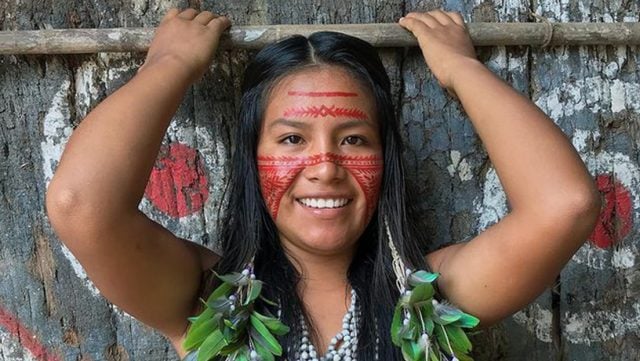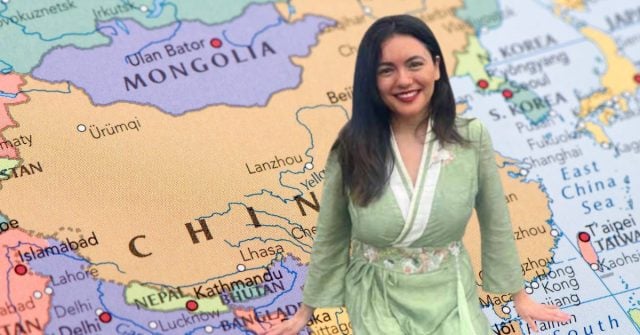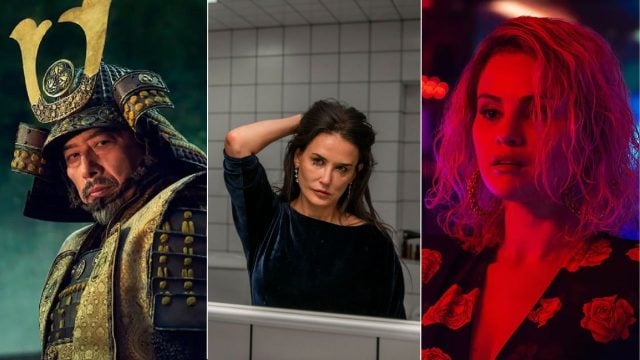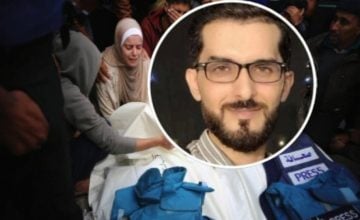During the pandemic, Maira Gomez, known as Cunhaporanga, began to publish videos about the customs of her community in the interior of the Amazon. A year later, this 22-year-old is a TikTok star where she has already accumulated more than six million followers.
Thanks to the power of social networks, Cunhaporanga has opened the doors of her Tatuyo village, on the banks of the Rio Negro, in the state of Amazonas, to thousands of people interested in knowing how the indigenous people live in this area of the world.
Through her videos, the young woman, who always appears with her face painted and very smiling, shows the way in which they prepare food, make handicrafts, dance with one of her five brothers or bathe in the river, reports RT.
Among the recordings that generate the most curiosity are the exotic dishes that they prepare, such as one of her latest videos, a casserole of ants with more than 38,000 ‘likes’.
Cunhaporanga, who usually takes the opportunity to teach words in different indigenous languages, lets the users of the social network ask her questions. «Do you dare to eat larvae?» asks one user for example. And so, she eats one and explains, «they are protein and taste like coconut», in another video.
The young woman, who produces content almost daily and is also very popular on Instagram, has become a phenomenon outside and within Brazil and is even invited to television programs that she attends with a large part of her family. All dressed in their traditional garb.
This Sunday she was in a program where, in addition to telling her story, she participated in a contest. She won and took home a prize of 60,000 reais (about $11,000). The money will go to the construction of an artisanal well in her village.
Cunhaporanga is not the only one in her village who is successful on social media. Her father, Tatuyo’s chief, and Dickson and Karina, two of her brothers, also have tens of thousands of followers on TikTok and Instagram.
But social networks have not only served to learn more about the traditions of the original peoples, the indigenous people – some 900,000 people gathered in 305 towns throughout Brazil – also use them very actively to denounce the siege and violence they suffer. due to deforestation and illegal mining.











